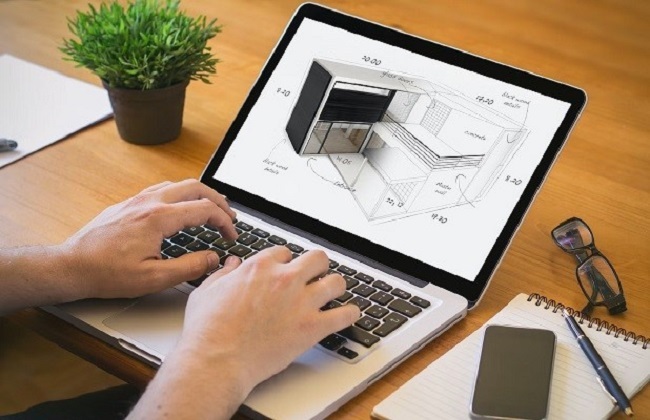Designing your own home can be a thrilling and rewarding experience. It’s a once-in-a-lifetime opportunity to create a space that reflects your style, meets your needs, and feels like your own. Everyone dreams of creating their own home from the ground up – because a home strongly reflects who you are as an individual. Unfortunately, a home is a compromise for most people because they did not design it to their specifications.
At best, they can alter it through extensions or other home improvements, but a complete blank canvas is impossible. Therefore, if you find yourself in the fortunate position of designing your own property, you need to grasp it with both hands. However, designing your dream home can also be overwhelming, especially if you’re unsure where to start.
To help, we will cover the critical steps to designing your home, from planning and budgeting to choosing materials and finishes. This is what you need to know:
Table of Contents
Define your style
The first step to designing your own home is to create a mood board of ideas and hone your unique style. It is vital to establish what you actually want to design. Perhaps there is a particular architectural style that you want to emulate – such as Georgian or Brutalist – which can form the bedrock of your inspiration.
This is when you should ask yourself countless questions about your own tastes. Do you prefer a traditional look, or are you more drawn to modern and contemporary design? Do you like bright and bold colors or prefer a more neutral palette?
To help with this, take some time to browse design magazines and online inspiration sites to get a sense of what you like. Once you have done this, it is best to start working alongside a trained architect to flesh out your ideas, or train yourself to use the best home design software to help.
Determine your needs
Next, think about your actual requirement. This may differ from your dream styles and will help you to narrow down a shape and size that you are happy with.
To kick off this process, brainstorm the requirements you have for your home. Consider factors like the number of bedrooms and bathrooms you need, the size of the kitchen, and the type of living space you want. Although this is boring compared to the ideas stage, it will keep you working in the right direction and be practical with your designs.
Also, make a list of the features and amenities you must have and would like to have.
Plan your budget
Once you have a clear idea of your style and needs, it’s time to start sketching out your budget. How much do you have to spend on your home? Remember that building a home can be expensive, so it’s crucial to be realistic about what you can afford.
You’ll need to factor in the cost of materials, labor, and any additional features or finishes you want. The project is bound to overrun on budget, too, so allow an additional amount of money to be saved up in case of unexpected issues.
Choose a floor plan
With your style, needs, and budget in mind, it’s time to start choosing a floor plan.
Several resources are available to help you find the right layout for your home, including design software, online floor plan databases, and books on home design. Take some time to explore different options and see what works best for you.
Select materials and finishes
Once you have a floor plan in place, it’s time to start selecting materials and finishes. This includes things like flooring, countertops, cabinets, and paint colors.
Avoid the temptation to rush this stage because you need to consider a variety of options. Consider consulting a designer or contractor to get ideas and advice.
Consider energy efficiency
As you design your home, it’s essential to consider energy efficiency. There are many ways to make your home more energy efficient, including insulation, energy-efficient windows, and energy-efficient appliances. These measures can help you save money on your energy bills in the long run.
Work with professionals
As you design your home, working with professionals like architects, designers, and contractors is a good idea. Unless you are a trained architect, it is impossible to draw up the plans on your own. Instead, collaborate with experts who can bring your vision to life and ensure that your home is well-designed and built to last.

